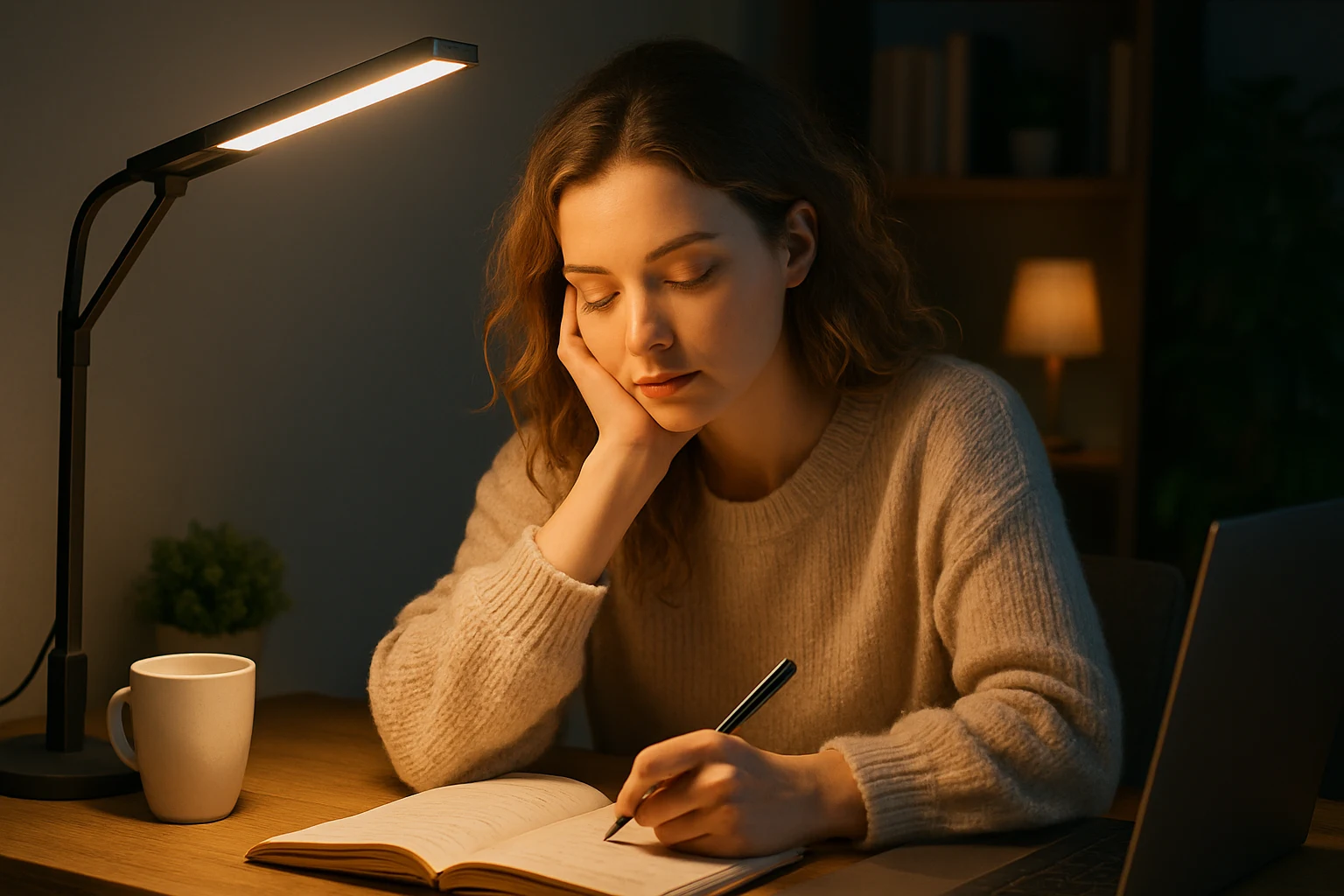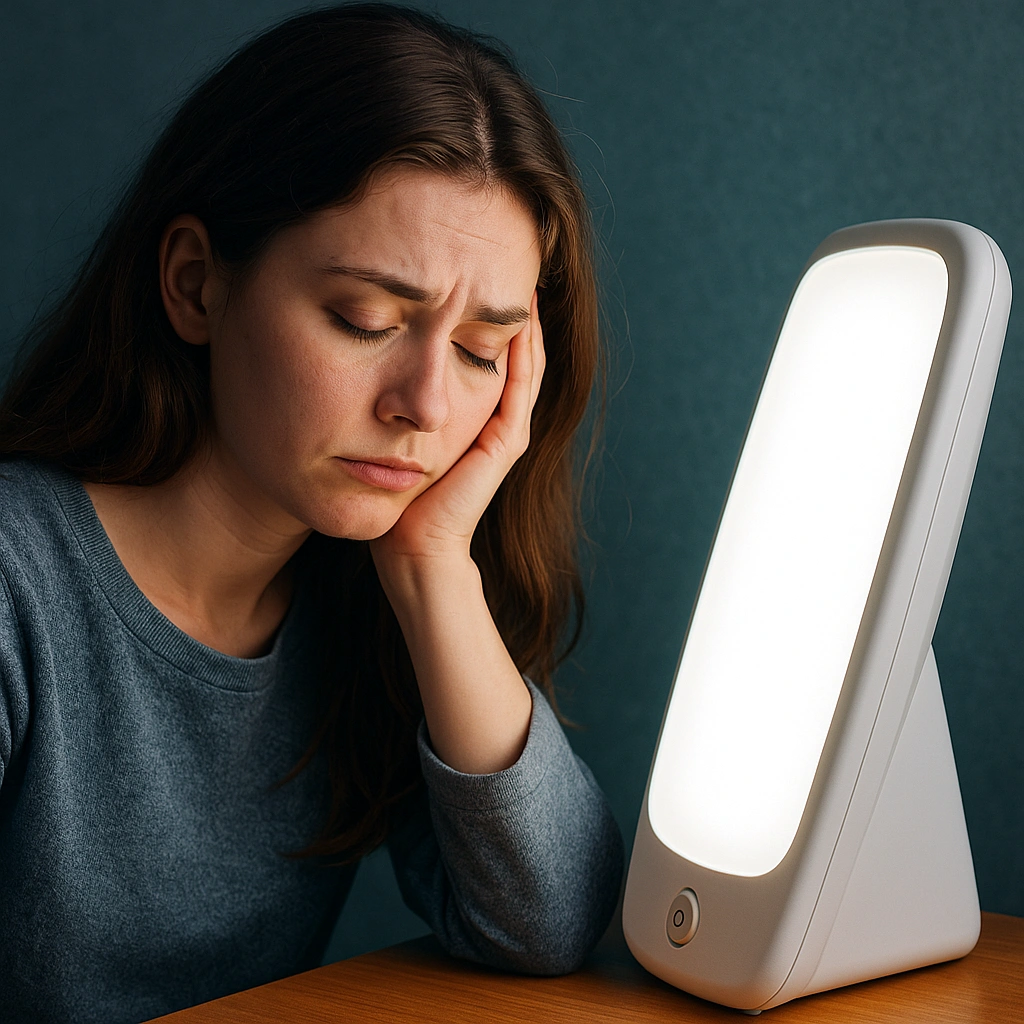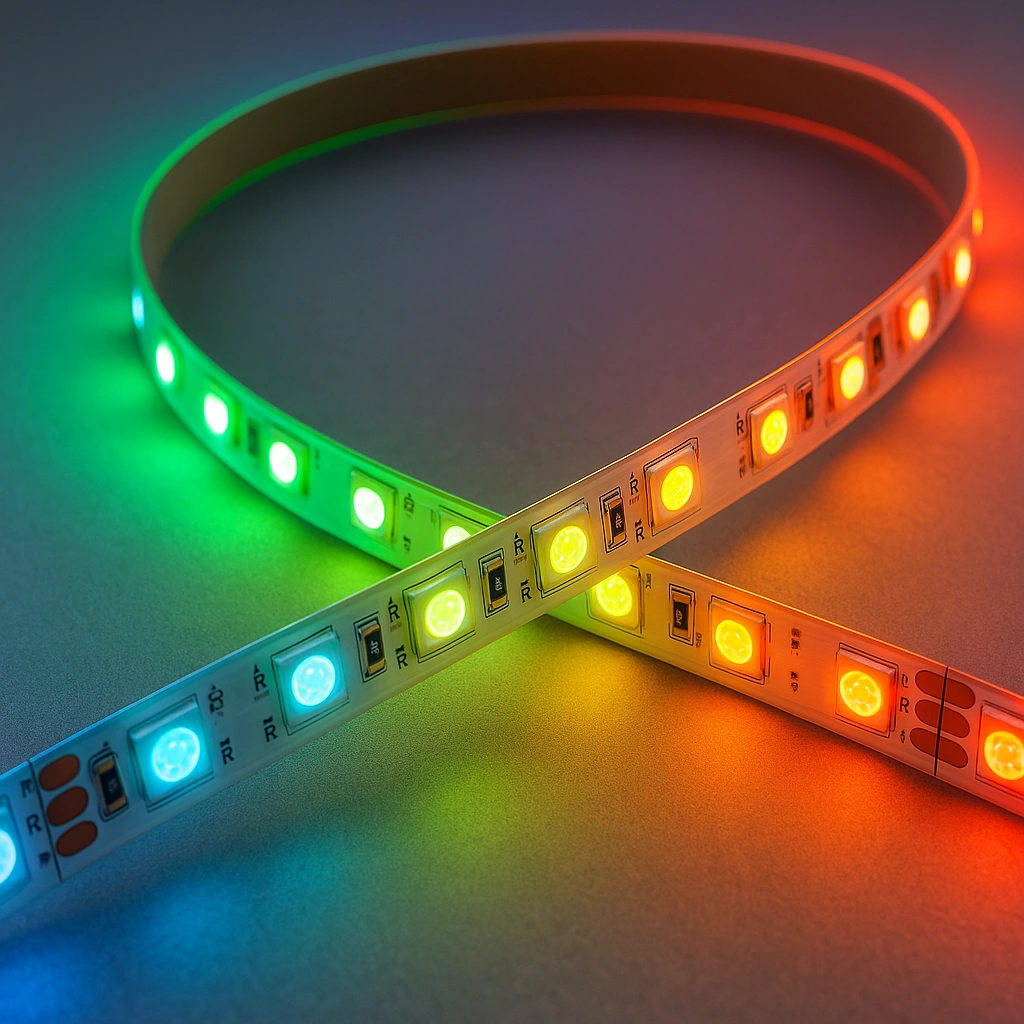
Light is more than illumination - it's a tool that shapes how we feel, think, and respond to the world. This guide explores the emotional and cognitive impact of lighting, offering expert-backed setups to improve your mental space.
1. How Lighting Affects Emotion
Studies in environmental psychology show that light color, intensity, and exposure duration directly influence emotional states. Cool, bluish-white light (above 5000K) promotes alertness and focus, while warm amber tones (below 3000K) help ease anxiety and promote calm.
- Cool light: Boosts serotonin, useful for beating mid-day slumps or winter blues.
- Warm light: Activates parasympathetic nervous system for calming, ideal before bed.
- Low light levels: Can induce feelings of fatigue or melancholy if prolonged.
LED lighting can help stimulate brain activity when chosen and placed correctly. Classrooms and offices with well-distributed, high-CRI lighting often see better concentration and lower error rates.
- Use daylight or full-spectrum LEDs (90+ CRI) for detail tasks or reading.
- Position lights above and slightly behind the primary visual task to reduce eye strain.
- Install dimmable systems to adjust brightness with time of day or task intensity.
3. Lighting for Mood Disorders
Seasonal Affective Disorder (SAD), depression, and anxiety can all be influenced by inadequate lighting. Bright light therapy is a common first-line treatment:
- SAD therapy: 10,000 lux at eye level for 20-30 minutes in the morning.
- Evening calm: Reduce blue light after sunset; use amber LED fixtures or filters.
- Sleep hygiene: Avoid screen light after 9 p.m. or use blue-light-blocking modes.
4. Expert Case Snapshots
Remote Worker Reset
A software developer installed a tunable LED lamp with a preset cycle: 6000K during work hours, 4000K in the afternoon, and 2700K in the evening. Reported fewer headaches, faster morning focus, and better sleep onset after two weeks.
Therapist's Waiting Room
A counseling center switched to indirect warm lighting (2200-2700K) with dimmable wall sconces. Clients noted a more relaxed experience and decreased pre-session anxiety.
Student Study Corner
A university student created a multi-zone desk light system: one task lamp at 5000K for studying, one ambient backlight at 3000K for breaks. Reported improved session durations and less restlessness.
5. Product & Setup Recommendations

Bright Light Therapy Lamps
Look for full-spectrum models delivering 10,000 lux at 12-18 inches. Popular picks: Carex Day-Light Classic, Verilux HappyLight, and Northern Light Technologies Boxelite.

Mood LED Strip Lighting
Flexible RGB or tunable white strips help shift tone by time of day or activity. Philips Hue Lightstrip Plus and Govee RGBIC are versatile and app-controllable.

Anti-Blue Filters
Use clip-on or adhesive blue light filters for screens, or install warm overlays on bedroom lights. Look for certified low-blue emission products.
Setup Tips
- Balance contrast: avoid harsh glare by using layered lighting sources.
- Install smart dimmers or time-based routines to shift light tone naturally.
- Use accent lighting to reduce emotional fatigue from overexposed overheads.
- Keep desk lights at or above eye level to reduce strain and promote focus.
Frequently Asked Questions
Search all health-related questions below. Answers update as you type. Click "Next" for more.
Ask a Question
All questions are reviewed before publishing.




